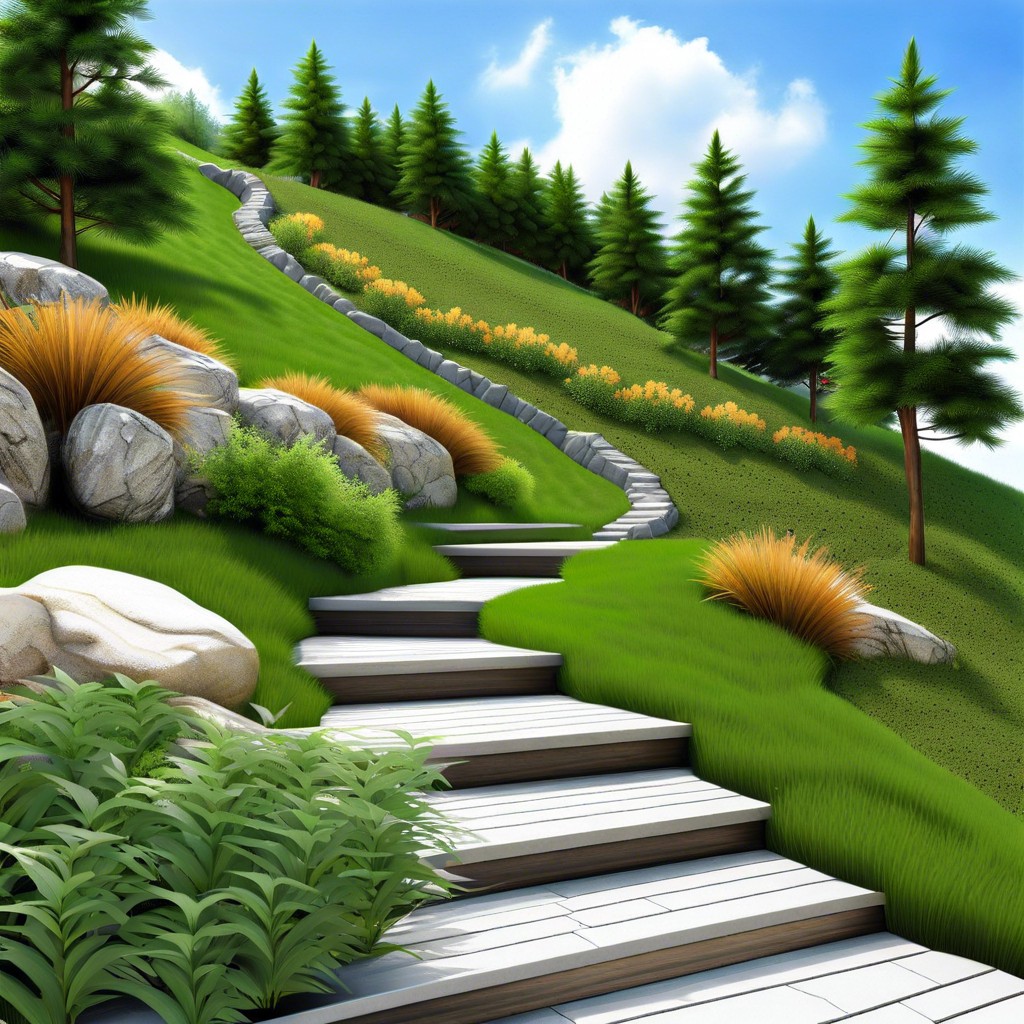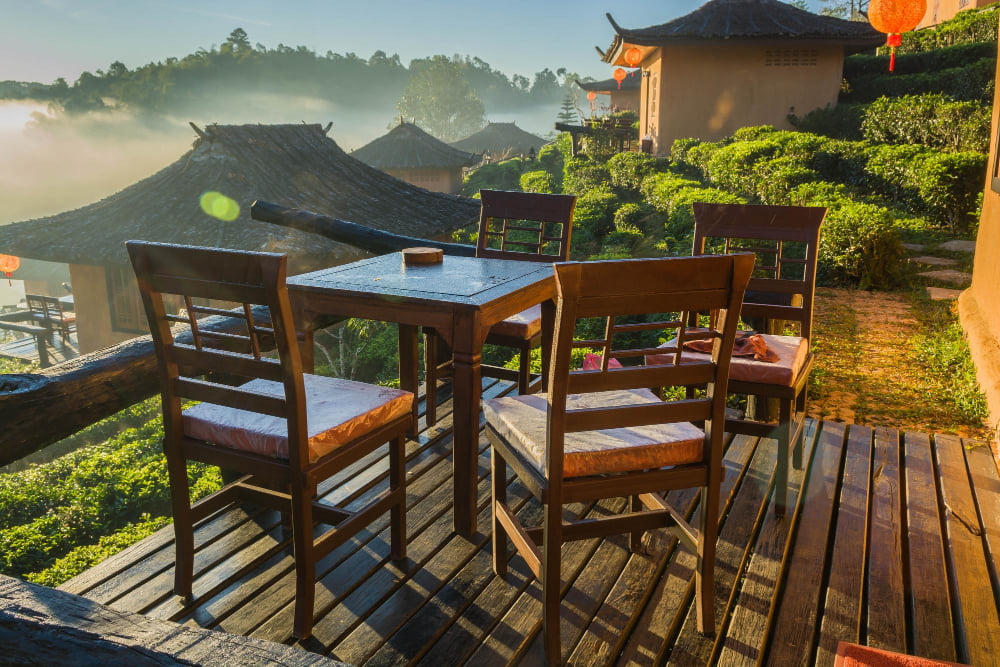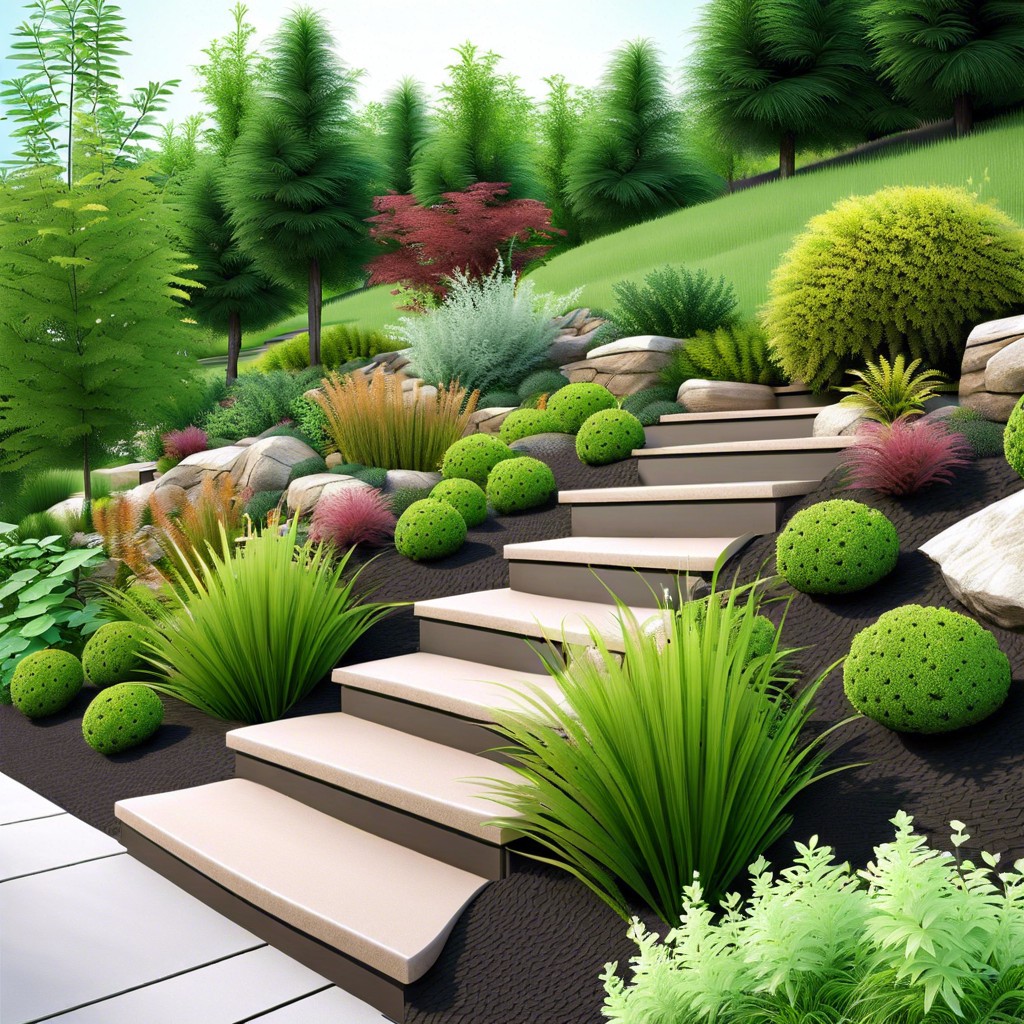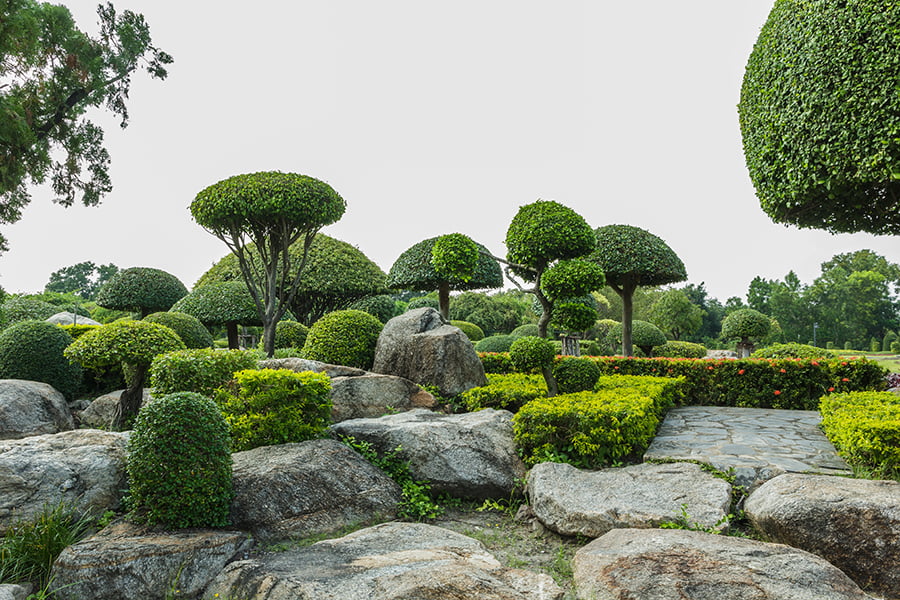Learn how to transform challenging steep hillsides into beautifully landscaped areas with practical and creative solutions tailored for sloped terrains.
Key takeaways:
- Evaluate slope characteristics for stability and plant selection.
- Analyze soil drainage and fertility for successful landscaping.
- Consider proper drainage solutions to prevent soil erosion.
- Consult a professional for expertise and innovative solutions.
- Create a thoughtful design that includes practical and aesthetic elements.
Evaluate Your Slope
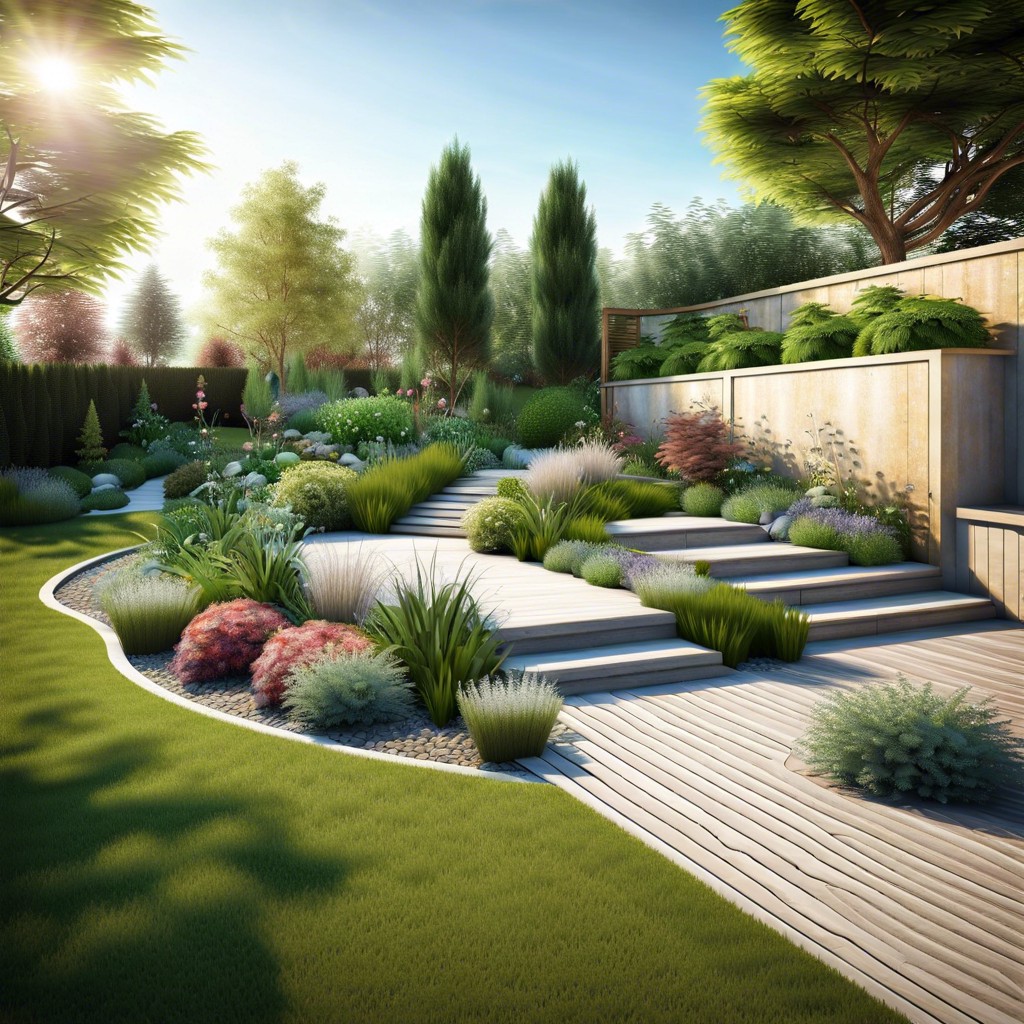
Understanding the precise characteristics of your slope is a crucial first step. Begin by gauging its gradient. This helps determine whether you’ll need to incorporate terracing or retaining walls to manage soil erosion and provide stability. Assessing slope direction is also important—south-facing slopes will receive more sunlight compared to north-facing ones, affecting the types of plants that will thrive.
Next, observe how water behaves on the slope during heavy rain. Are there signs of runoff that could cause issues, or does the water absorb well into the ground without pooling? Identifying these patterns early can inform how you manage water flow and what drainage solutions you’ll need to consider.
Remember, safety is paramount. Steep slopes can pose risks for slips and falls during maintenance. Strategize ways to create safe access points or consider using groundcovers that require minimal upkeep. By carefully analyzing these elements, you’ll set a solid foundation for your hillside landscaping project.
Analyze the Soil
Understanding the type of soil on your hillside is crucial for successful landscaping. Different soils have varying drainage capabilities and fertility levels, influencing plant health and stability. Perform a soil test to determine pH levels and nutrient content. This information will guide you in choosing the right amendments to enhance soil quality if necessary.
Loose, sandy soils may require organic matter to improve water retention, while dense, clay-like soils might need sand and compost to enhance drainage and prevent waterlogging. Remember, erosion is a significant concern on slopes, so incorporating deep-rooting plants can reinforce soil strength. Cover crops or mulches can also protect against erosion while establishing initial landscaping features.
Pay attention to how the soil behaves during rain. Observe if water pools or runs off quickly, as this can indicate what changes need to be made to ensure your landscaping thrives. Adjustments could range from terracing, building retaining walls, or creating swales to manage water flow and reduce soil loss effectively.
Consider Drainage
Addressing water flow on a steep hillside is crucial to prevent soil erosion and protect your landscaping investments. Ideal drainage solutions guide excess water away from your property, maintaining the integrity of the hillside. Begin by observing how water moves across your slope during a heavy rain. Note any areas where runoff speeds up or collects, as these are spots that will need attention.
Incorporate terraces or retaining walls to slow down water and increase water absorption into the soil. A network of French drains, a method involving buried perforated pipes, can efficiently redirect water without causing damage. Selecting deep-rooted plants also contributes to stabilizing the soil, which naturally enhances water absorption.
Remember, the goal is to not only manage runoff but to also use it to your advantage. With proper drainage, the water can be a resource for your plants rather than a destructive force. Proper assessment and implementation ensure a more resilient and sustainable hillside landscape.
Consult a Professional
Landscaping a steep hillside presents unique challenges that often benefit from the expertise of a professional. These specialists can offer valuable insights into the structural and aesthetic aspects of your project, helping to prevent costly mistakes and ensuring that your design is both functional and beautiful.
Firstly, they can conduct a thorough assessment of the hillside, identifying any potential risks like soil erosion or instability. They’ll also consider the local climate and how it might affect your landscape over time. With this information, they can recommend suitable plant species that are both resilient and appropriate for the terrain.
Additionally, a professional can provide guidance on the installation of practical features such as retaining walls or terraces. These features are not only crucial for managing erosion but also create usable space on the slope.
Professionals are also adept at suggesting innovative solutions that you may not have considered. They’re up-to-date with the latest techniques in hillside landscaping, like hydroseeding or the use of geotextiles, which can help in establishing vegetation on steep grades.
Moreover, a professional will ensure that your landscaping is compliant with any local regulations, helping you navigate the permitting process if necessary.
By tapping into their wealth of knowledge, you ensure that your hillside landscaping is not only effectively implemented but also sustainable for years to come.
Draw Up a Design
Once you’ve assessed your hillside’s condition and requirements, creating a landscape design becomes an exciting phase where vision starts taking shape. Represent your steep slope with paper or digital design tools, imagining it as a canvas for your creativity. Begin by marking areas for larger elements such as terracing, walkways, or retaining walls, which will serve as the backbone of your landscape.
Next, position plants according to their height, sun, and water needs, with taller ones at the top to avoid shading out smaller species below. Remember to factor in the mature size of the plants to avoid overcrowding.
Incorporate a mix of deep-rooting systems to stabilize the soil and curb erosion. Integrate native plants known for resilience and low maintenance. Consider adding benches or a gazebo for rest spots, framing them with flowering shrubs for a picturesque view.
Layer your design with visual interest through varied textures and colors that change with the seasons, providing a dynamic display throughout the year. Strategically place focal points, such as sculptures or water features, for added charm. Keep in mind the practicality of your design in terms of maintenance; steep terrains are harder to navigate, so ease of access for upkeep is paramount.
A thoughtful design translates into a roadmap that guides you through the transformation process, ensuring every step you take enriches both the utility and the beauty of your steep hillside.
